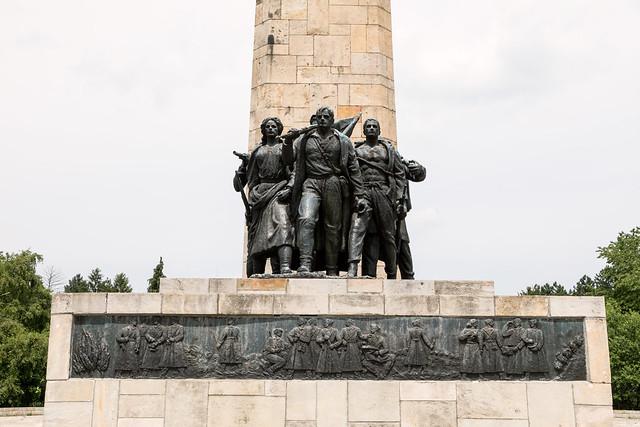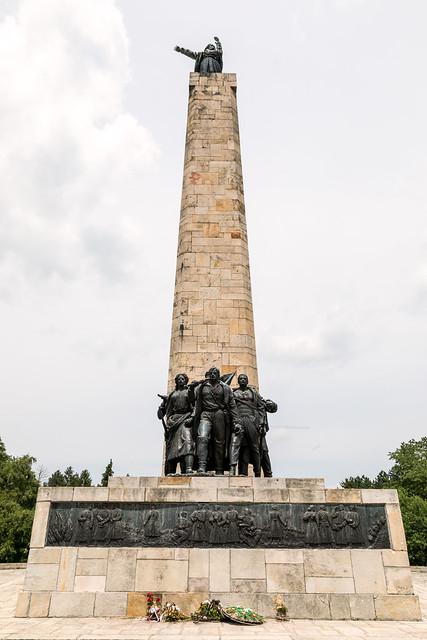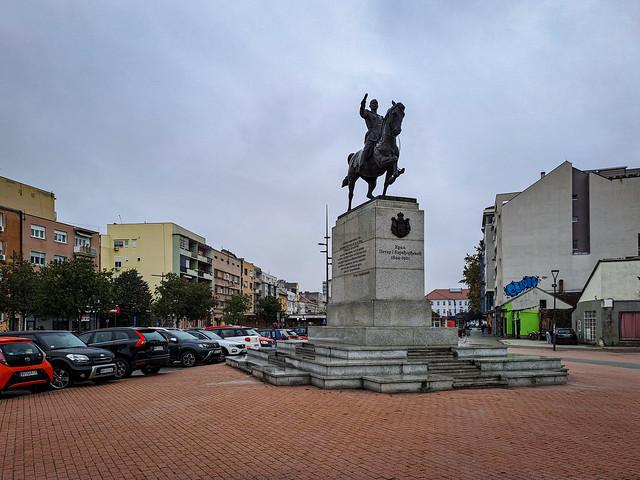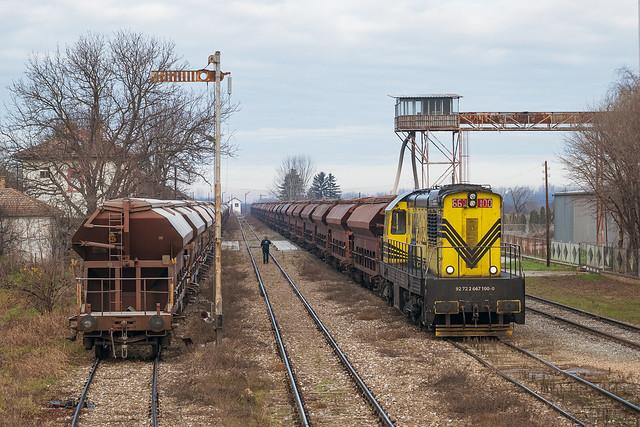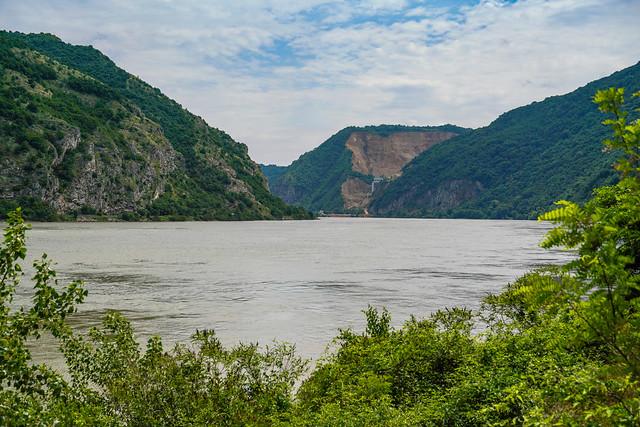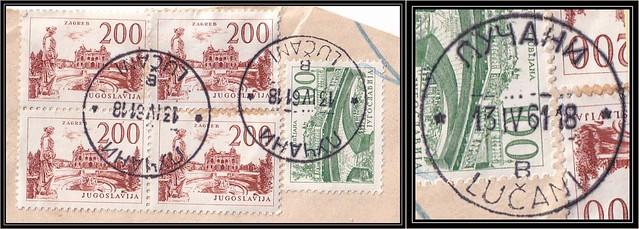Srem District
Overview
Overview of Srem District in Serbia
Srem District is one of the seven administrative districts of Vojvodina, located in the northwestern part of Serbia. It boasts a rich history that dates back to the Roman times, evident in its numerous archaeological sites and historical towns like Sremska Mitrovica, once known as Sirmium, one of the four capitals of the Roman Empire. The district is culturally diverse, featuring a mix of Serbian, Croatian, and other ethnic influences, which is reflected in its traditions, festivals, and cuisine. The landscape is predominantly flat, offering picturesque views of fertile plains and the banks of the Danube River, making it a unique blend of cultural heritage and natural beauty.
High Season for Tourism and Activities
The high season for tourism in Srem District typically runs from late spring to early autumn, with peak times during the summer months of June through August. During this period, the weather is generally warm and pleasant, ideal for exploring the great outdoors. Visitors can enjoy a variety of activities such as cycling along the Danube, visiting vineyards in the famous Fruška Gora National Park, or attending cultural events like the Srem Folk Fest. The national park also offers hiking and picnicking opportunities amidst lush forests and serene lakes, perfect for nature enthusiasts. Moreover, the Summer of Culture in Sremska Mitrovica showcases music, dance, and art from the region and beyond, providing a vibrant atmosphere for all visitors.
Preparation for Travel
Before visiting Srem District, travelers should ensure they have a valid passport and check if a visa is required for entry into Serbia, depending on their nationality. It is advisable to have travel insurance for unexpected medical or travel issues. Since the district enjoys a continental climate, packing should be season-appropriate; lightweight clothing for summer with an additional layer for cooler evenings, and warmer attire for the cooler months. Learning a few basic phrases in Serbian can be helpful, as it enhances interaction with local residents, although English is widely understood in tourist areas. Lastly, preparing an itinerary that includes both historical sites and natural attractions will help in making the most of the trip to this diverse and culturally rich district.
How It Becomes to This
History not available

You May Like
Explore other interesting states in Serbia




